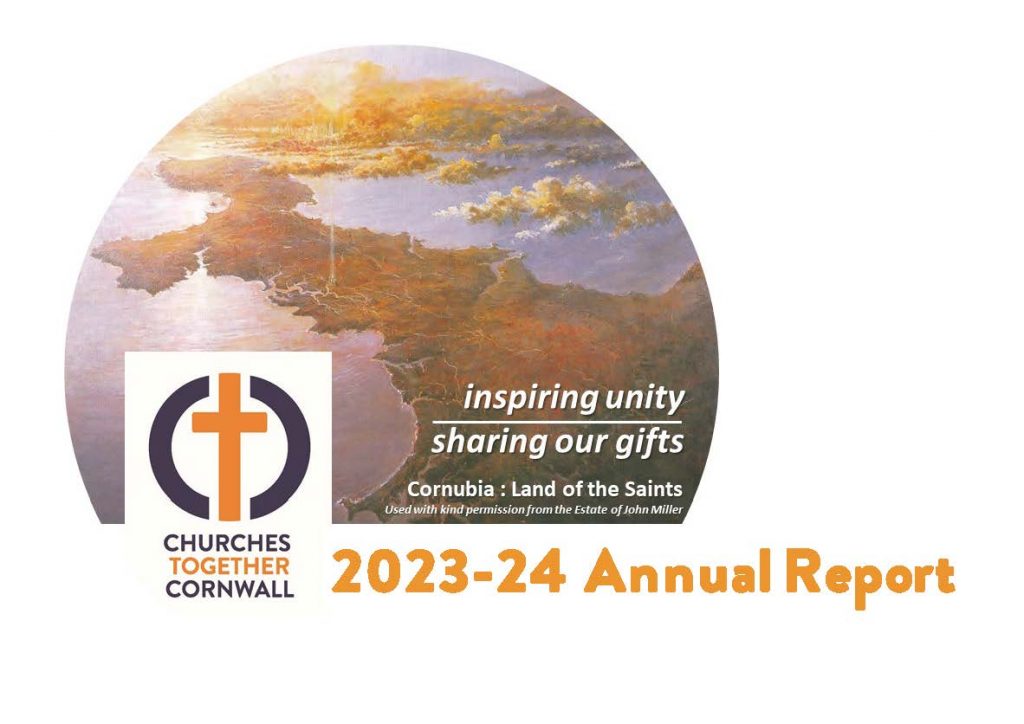25 October 2023
A short animation by Emily Downe, and voiced by Dr Kathryn Mannix, guiding you gently through the process of dying.
Script for Dying For Beginners
I want to tell you what normally happens as someone is dying.
Dying, just like being born, is a process our bodies go through quite naturally with recognised phases that are pretty much the same for everyone.
It’s all very ordinary.
At first our bodies grow weary. We need more sleep, less food, we may lose our appetite altogether.
Some days we can manage an outing, or visitors, or watching TV. Other days we mainly sleep.
All this is normal.
Inside our weary bodies, changes are happening. All our systems are running out of energy. Digestion slows down.
Our heart may not pump as strongly. Our organs might slow down.
All normal.
Aside from the physical, I’ve noticed that dying people’s perspective often shifts from themselves to others.
The same last messages: I’m sorry. I forgive you. Thank you. I love you.
Most people are not conscious by the time they die. We don’t know when we’re unconscious. We don’t notice time passing or feel our body. It doesn’t feel like going to sleep, it’s just a state of non–awareness.
To begin with, dying people might only be unconscious some of the time. In between, they may wake up and talk, or sip drinks or listen to the people around them chatting.
That’s normal.
They may become a bit muddled or restless.
It helps when people hold their hand and talk in soothing gentle tones. Familiar, trusted voices calm and comfort.
Unconscious people breathe in an unusual way. Their breathing pattern gradually changes backwards and forwards between deep and shallow, and between fast and slower breaths.
This is normal, and they can make unusual noises.
If their breath vibrates their voice box, it might sound like a sigh or a moan. Sometimes their breath gurgles or rattles.
It’s not uncomfortable. It’s a completely normal part of dying.
Hearing is the last sense to go. That’s why loved ones and caregivers can keep talking while the dying person is unconscious. It’s why some people make end of life playlists.
What about the moment of dying?
Well it’s usually very gentle. Our breathing gets slower and more shallow. And then it just very gently stops. A few minutes later our heart stops too.
That’s it. No fuss, or fear, or panic.
Of course saying goodbye to people we love is sad but knowing what to expect takes away a lot of the fear.
I’ve met so many bereaved people who wish they had talked about dying more.
I’ve never met a person who regretted having those important conversations.
We need to talk about it, because talking about death will help us to live together better.
About the project
Our society keeps death at arm’s length and out of sight. We are not exposed to the ordinary process of dying, not prepared for our own deaths, and increasingly likely to grieve behind closed doors too, as more and more people choose not to have a funeral at all. This is partly due to the exorbitant ‘cost of dying’, but also reflects a more profound loss of conviction about the importance of shared ritual space. As formal religious affiliation continues to decline, we are losing a sense of the sacredness of both life and death. In the gap that is opening up, economic considerations, personal preferences and technological solutions gain prominence. This is a profound transformation in the way we approach death and dying: market forces are radically shaping how we grieve even our most personal losses, and in ways that most of us don’t even notice. This leaves us poorer as individuals and as a society. In a pluralist world, the Church is rightly one of many voices in this conversation but it still has a vital role to play – offering not only its physical space but also its spiritual and pastoral resources. In particular, Christianity holds together the full range of emotions we experience in loss, from grief ‘at the foot of the cross’ and celebration of life, through to the hope of resurrection. To explore all this further, we’ve produced and curated a suite of essays, research reports, lectures and animations, which you can look forward to in the weeks and months to come.
About Dr Kathryn Mannix
Acclaimed author, speaker and former palliative care physician Dr Kathryn Mannix has spent her medical career working with people who have incurable, advanced illnesses. The author of two Sunday Times Bestsellers – With The End in Mind and Listen, Dr Mannix is on a mission to reclaim the public’s understanding of dying.
Film Credits
Written and voiced by Dr Kathryn Mannix
Directed and designed by Emily Downe
Animated by Martha Halliday
Music and sound by Jan Willem de With
Produced by Theos with thanks to The Fetzer institute





